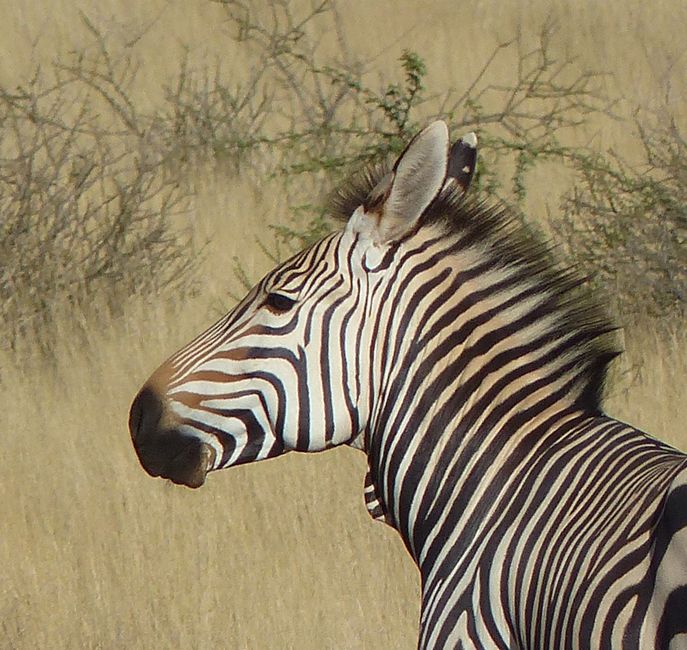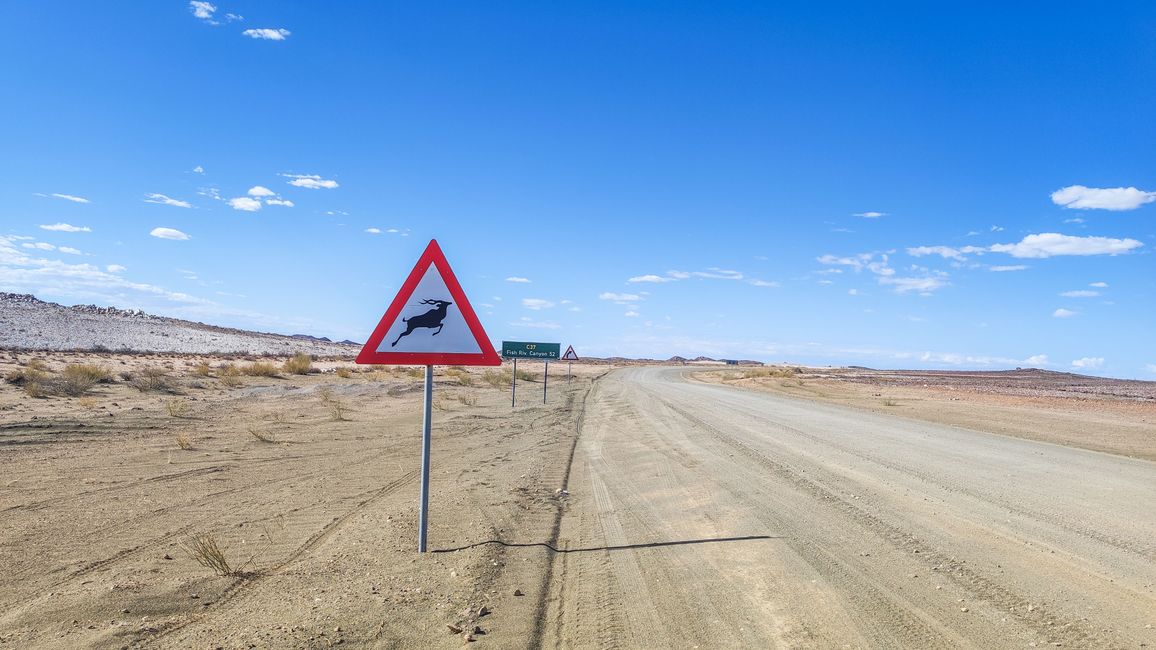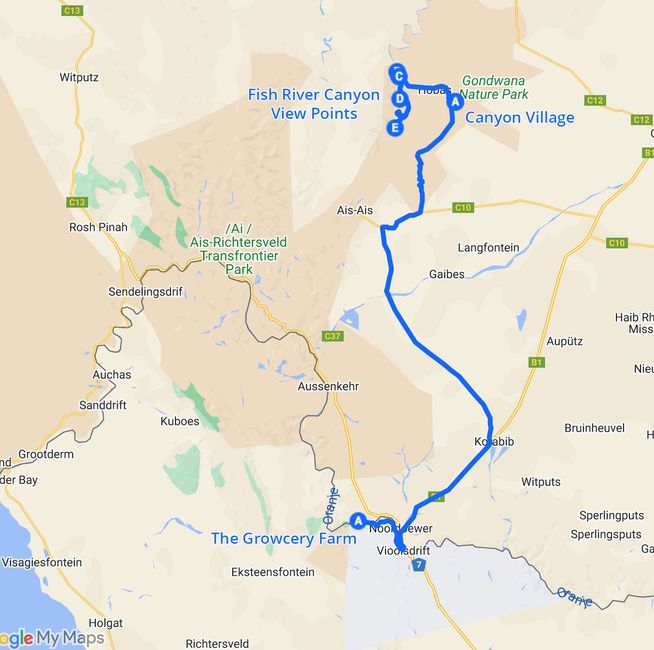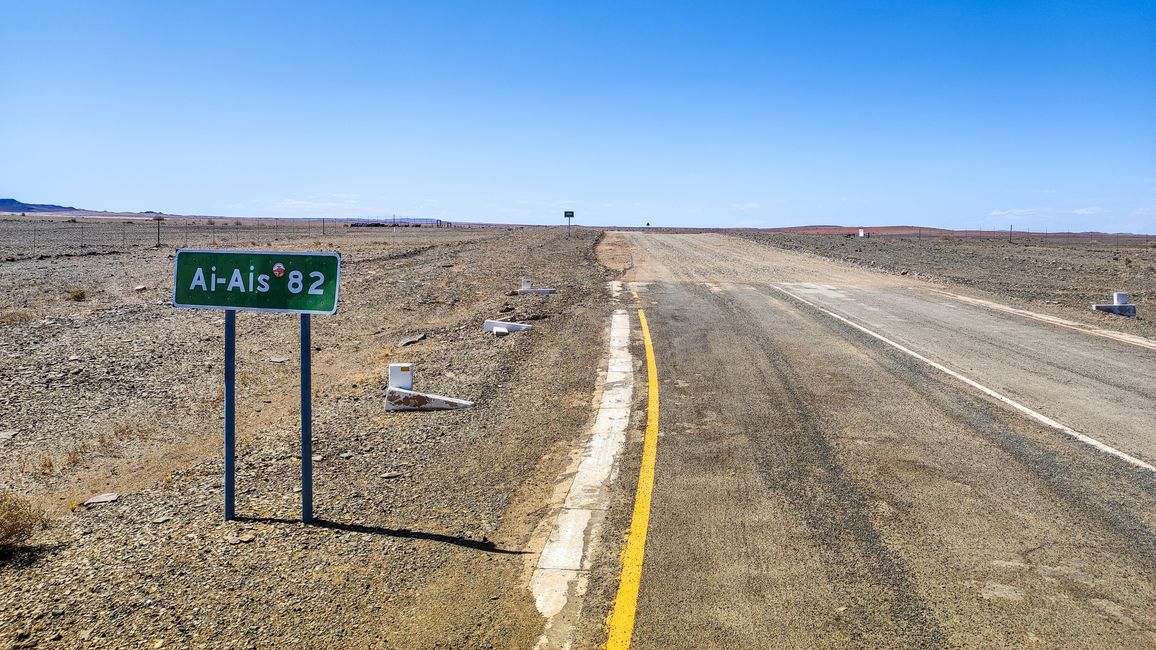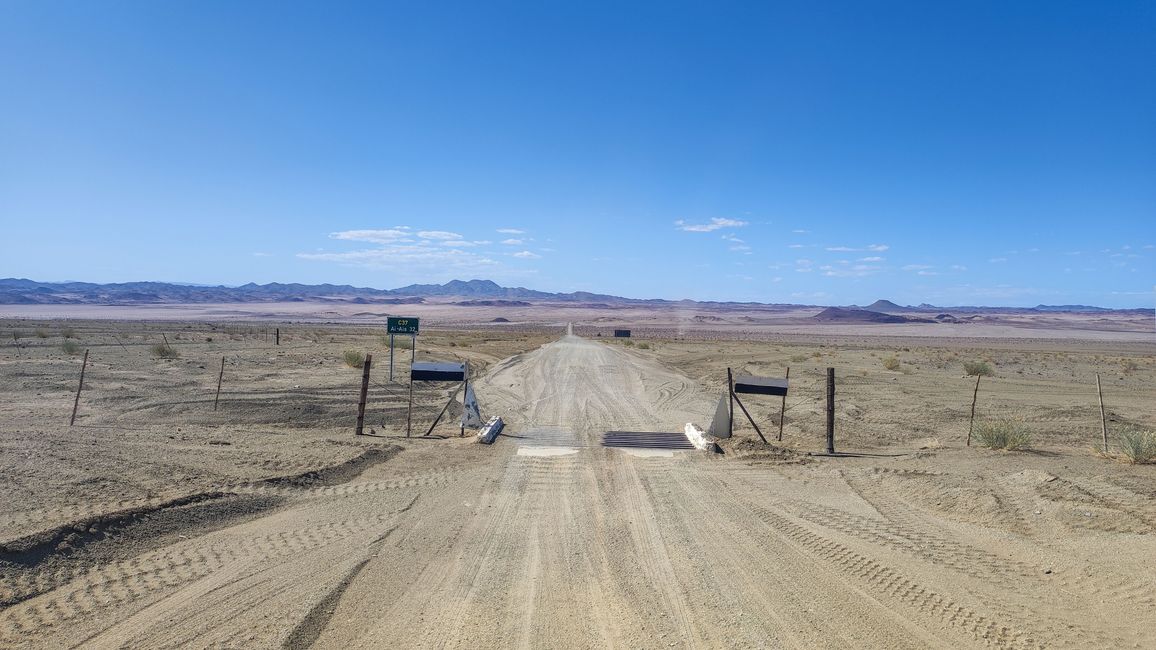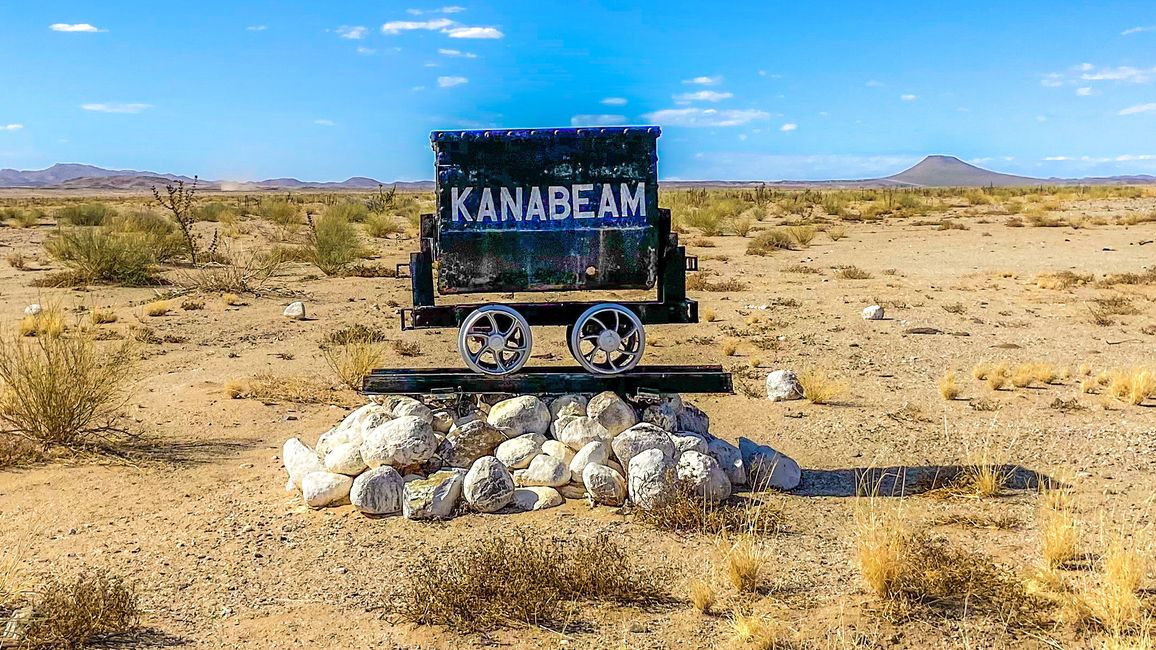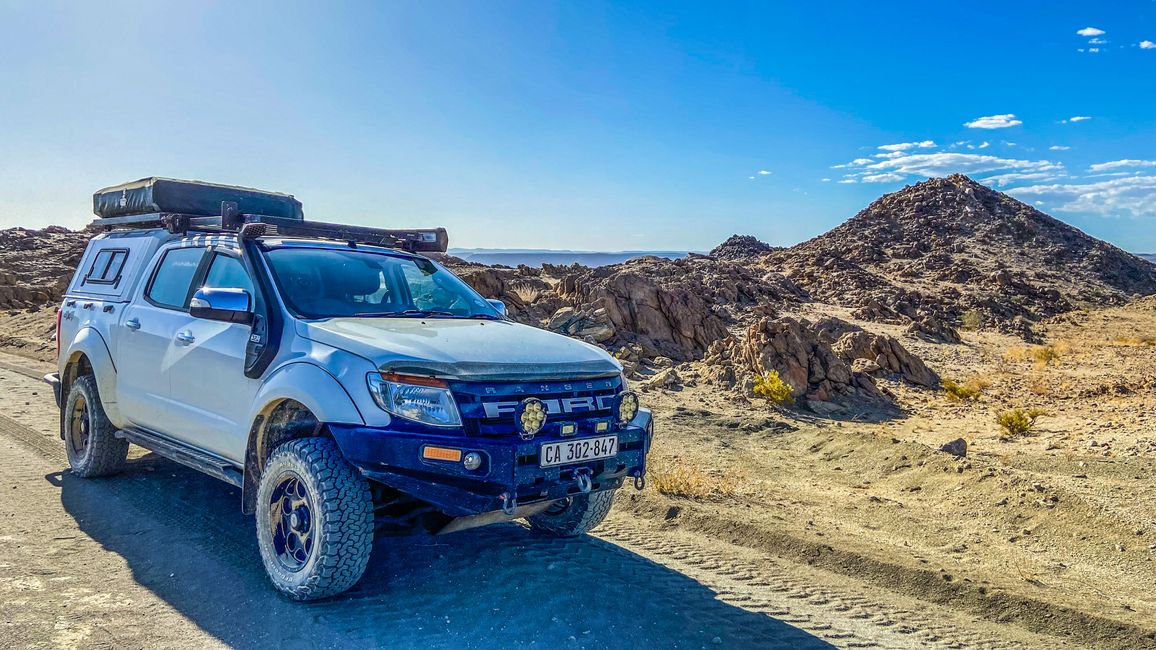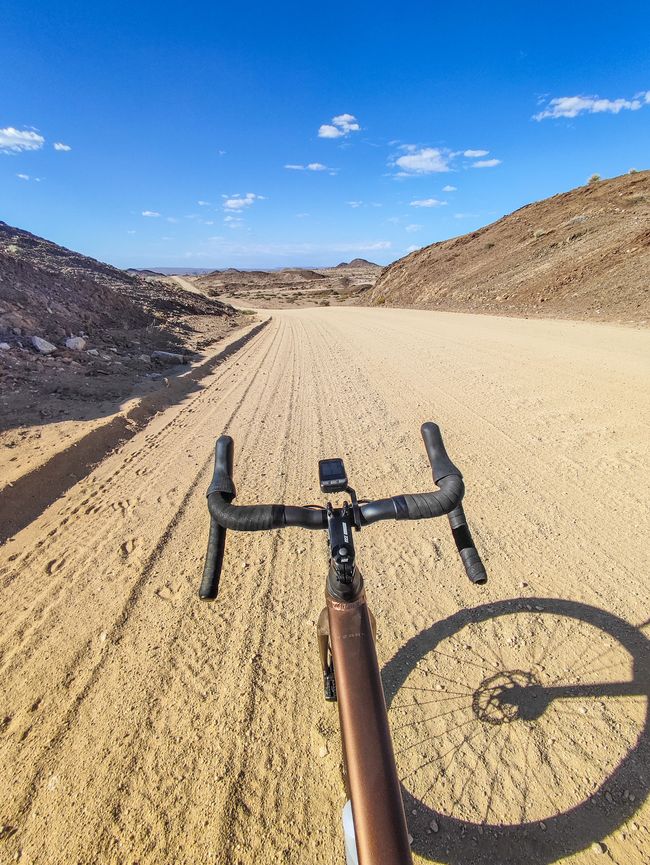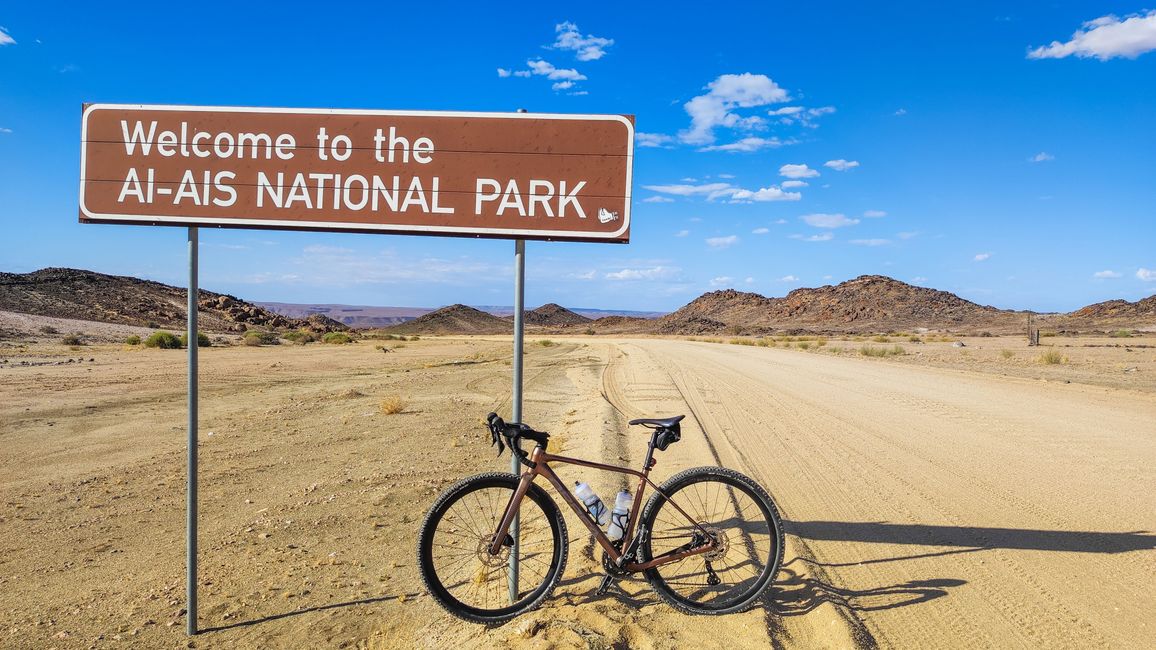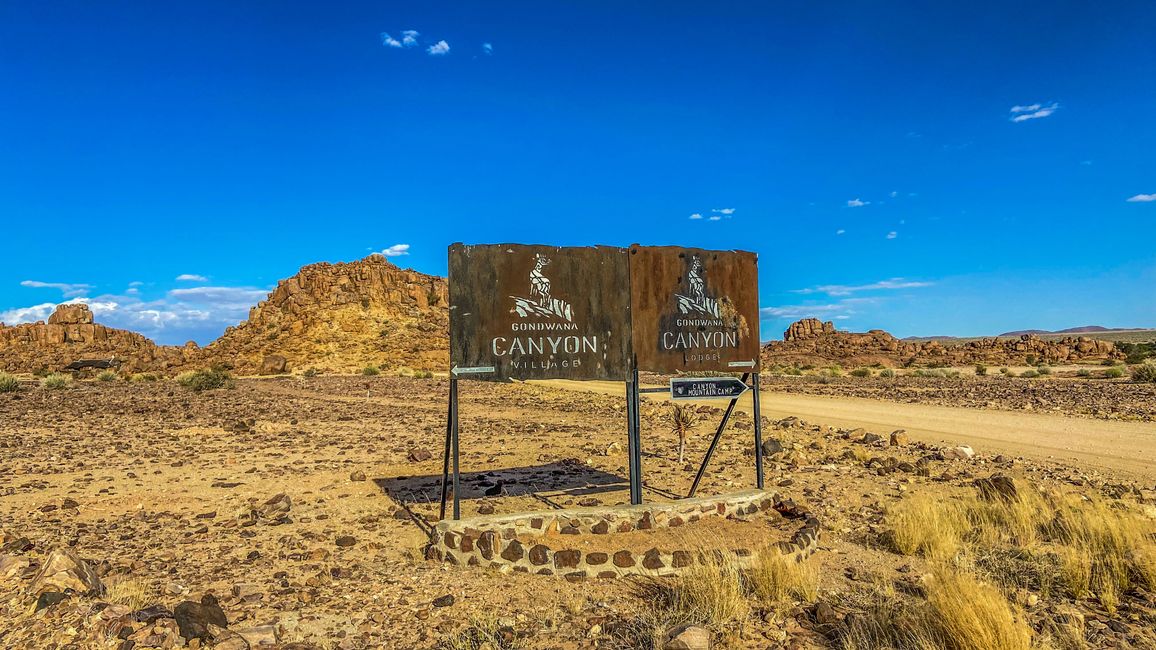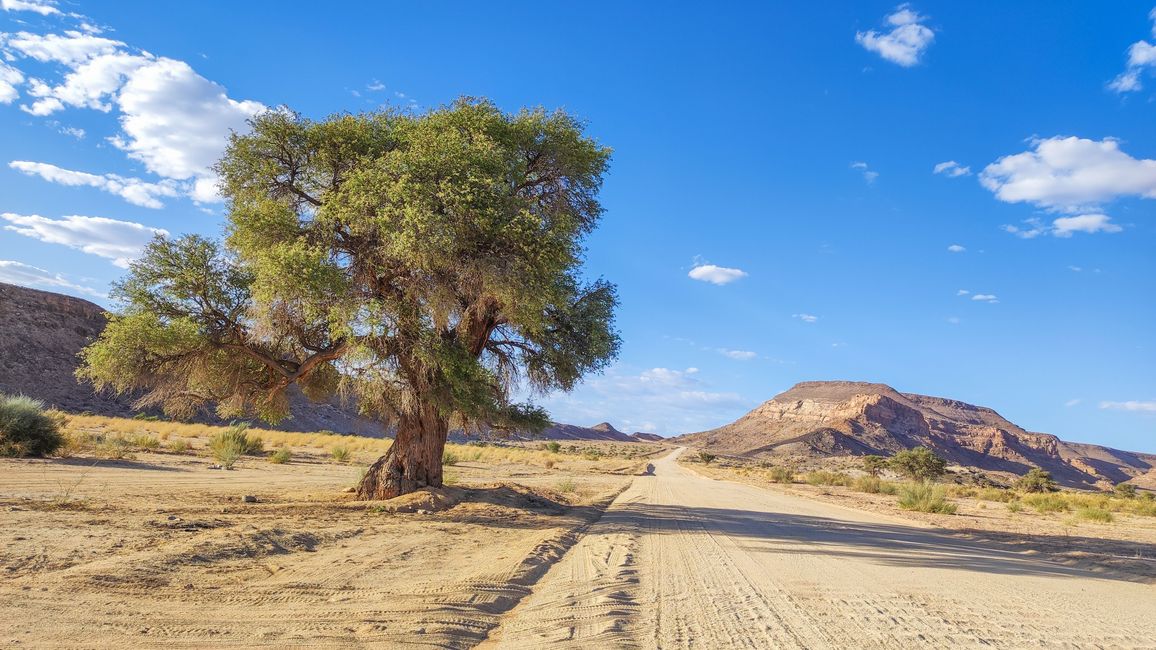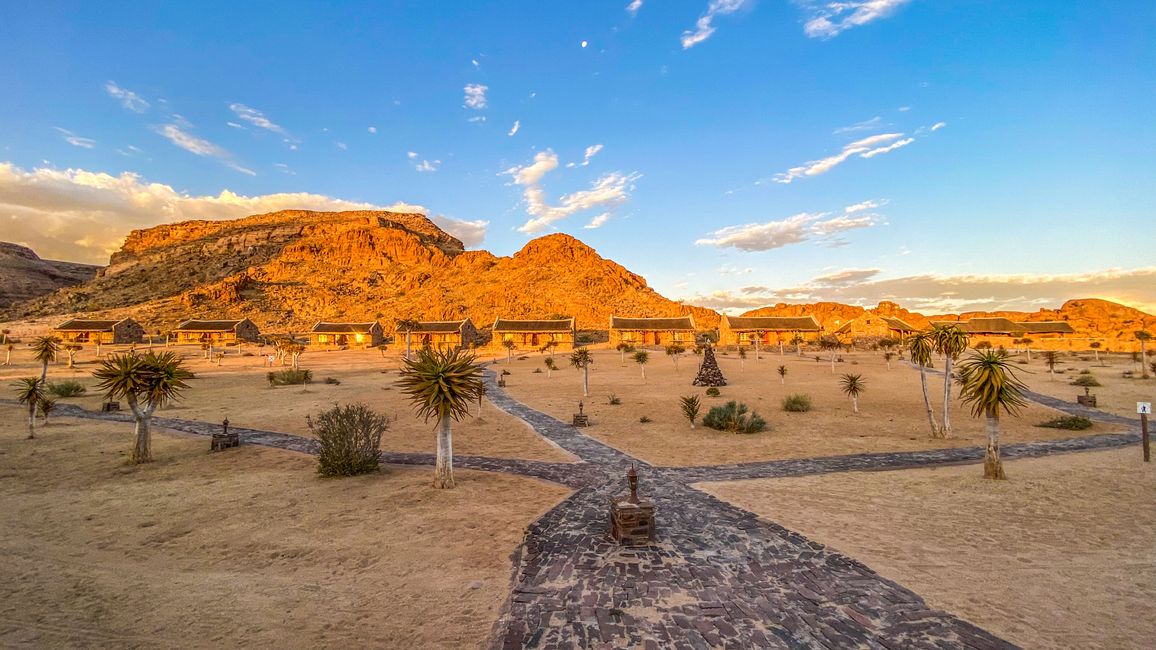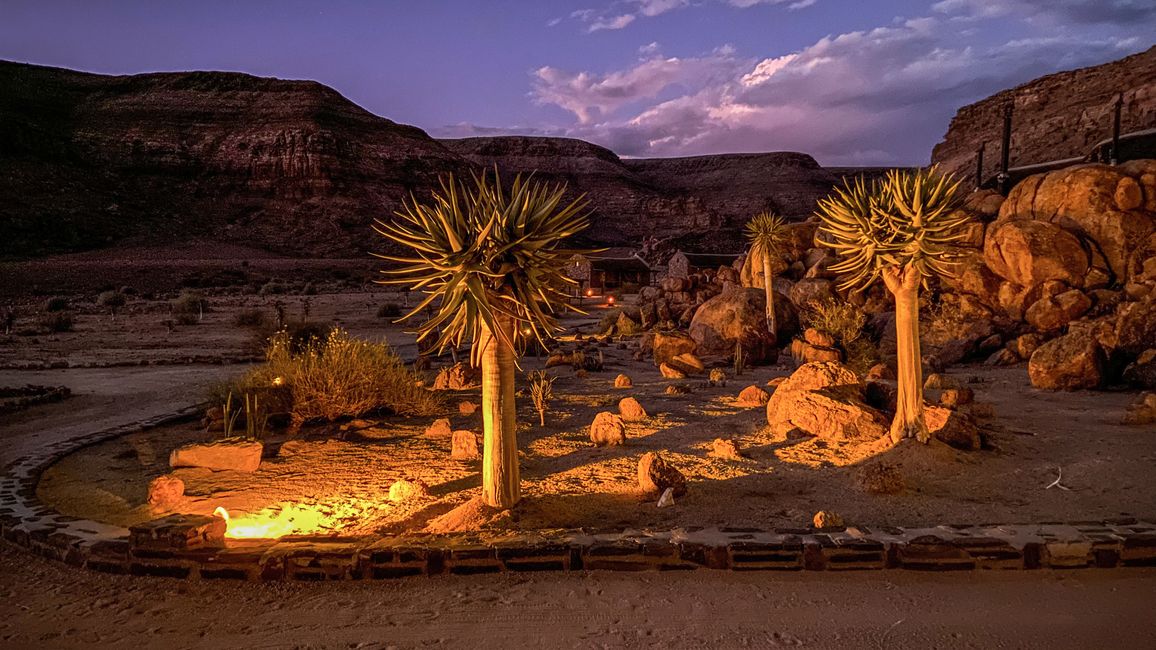Namibia, we are coming
Објављено: 14.02.2023
Пријавите се на билтен
Day 6, 02/01/23, from Growcery Camp to Canyon Village
Maybe we shouldn't have slept directly under a tree that birds have claimed. But this way, we get to see how beautiful nature can be in the morning.
We are woken up at 6 am as we are supposed to be picked up by 7 am. However, while packing our things, we are informed that it won't happen so quickly. Change of Plans is still not part of the program. By now, we are quite annoyed because the organizer doesn't really show any willingness to accommodate us. Eventually, we are picked up at 11 am and start the one-hour drive back to the base camp. Of course, not without the usual procedure at the border that we are already used to. On the last kilometers to the camp, our driver decides to add some roller coaster feeling by driving so fast over a pothole that we are thrown to the ceiling on the back seats and land very roughly on the seat on our way back. Immediately, the left side of my back sends pain signals to my brain and I realize that it doesn't bode well.
Arriving at the camp, I actually have difficulties walking, but I hope it's just an acute injury. Like everyone else, we unload the stuff and load it back into our cars since we all don't feel like spending another night in this camp. We exchange contacts, say goodbye, and scatter in different directions.
We head north towards Namibia. Wasn't there something else? Oh yes, the border, but now we are already pros at crossing countries by land. After smoothly leaving South Africa with Office 1 and 3, we also enter Namibia: We quickly rinse the tires and our feet because of the disease, file an entry application, pay tolls, and finally arrive at the actual border, a small house with a barrier and a border officer who immediately signals us to stop.
"It's hot, so hot, where is your car license?" We think it's actually on the bottom left of the window, but then we notice that it fell out and is somewhere on the dashboard. Cindy's good eye ensures that his mood doesn't get any worse at least.
"Where are you going?" We tell him that we want to go on a round trip through Namibia.
"What is in your car?" he asks while observing the big fridge. "Open, the back, open the car!" It's a request I can't resist and immediately comply with. He sees all the bags, boxes, and the contents of the fridge.
"No meat? Just drinks?" Meat? No, we don't have any with us and I forget about the Biltong, which is at the bottom of the fridge.
He believes me and we can continue the journey. Well, not quite yet, as we still need to refuel. But after another stop, that's also done and we can finally make our way to Canyon Village, our next stop at Fish River Canyon.
One small detail is worth mentioning: When we leave the camp and look at our wallets, which we didn't have with us kayaking and cleverly left on the dashboard in the car for 3 days at 40 degrees, our credit cards have deformed into slight waves resembling the Oranje River. Fortunately, at the toll and when refueling, we realize that you can pay contactless or insert the card here. And so we don't have any further worries...not yet.
We are in the southernmost region of Namibia, Karas, with a population density of 0 - 0.1 inhabitants per km2. On the way to the Canyon, we experience the beautiful nature of Namibia, especially when we leave the paved road after a few kilometers and take the first gravel road.
Namibia is a country in southern Africa between Angola, Botswana, Zambia, South Africa, and the Atlantic Ocean. It is sparsely populated due to the large proportion of the Namib desert. The country has an area of 824,000 km2, which is more than twice the size of Germany, with 2.3 million inhabitants and a population density of 2.82 inhabitants per km2.
Namibia gained independence from South Africa in 1990, has a stable parliamentary democracy, and its economy is heavily influenced by agriculture, tourism, and mining (diamonds, uranium, gold, silver, and base metals).
Namibia's flag was introduced in 1990 through a competition and was inspired by the flag colors of the SWAPO liberation movement and the most represented ethnic group, the Ovambo. The flag consists of a red diagonal stripe divided into dark blue and green fields. Additionally, the stripe is lined with narrower white stripes, and the upper left field carries a yellow sun symbol with twelve rays. The blue field, together with the sun, is meant to evoke the sky and symbolize the importance of rain and the seas for the earth. The red color signifies equality. The green field symbolizes the country's agricultural tradition, and white represents peace and unity.
Drawn to the gravel road by a magical force, Cindy decides to ride the last 30 km to Canyon Village on her gravel bike, our lodge for the next two days. We settle into our room, and Cindy tells me about her first gravel bike experience in Namibia and the first oryx she saw crossing the road in front of her during dinner.
With another beautiful sunset, we conclude the sixth day of our journey.
Пријавите се на билтен
Одговор
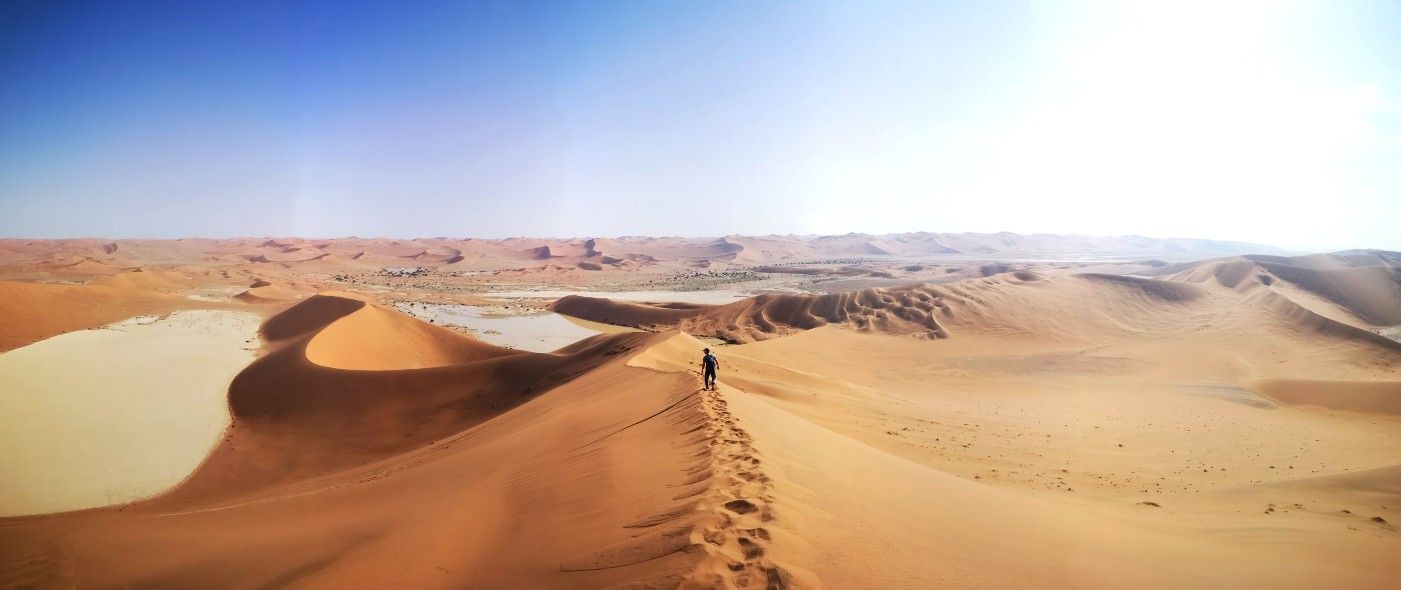
Извештаји о путовањима Намибиа

